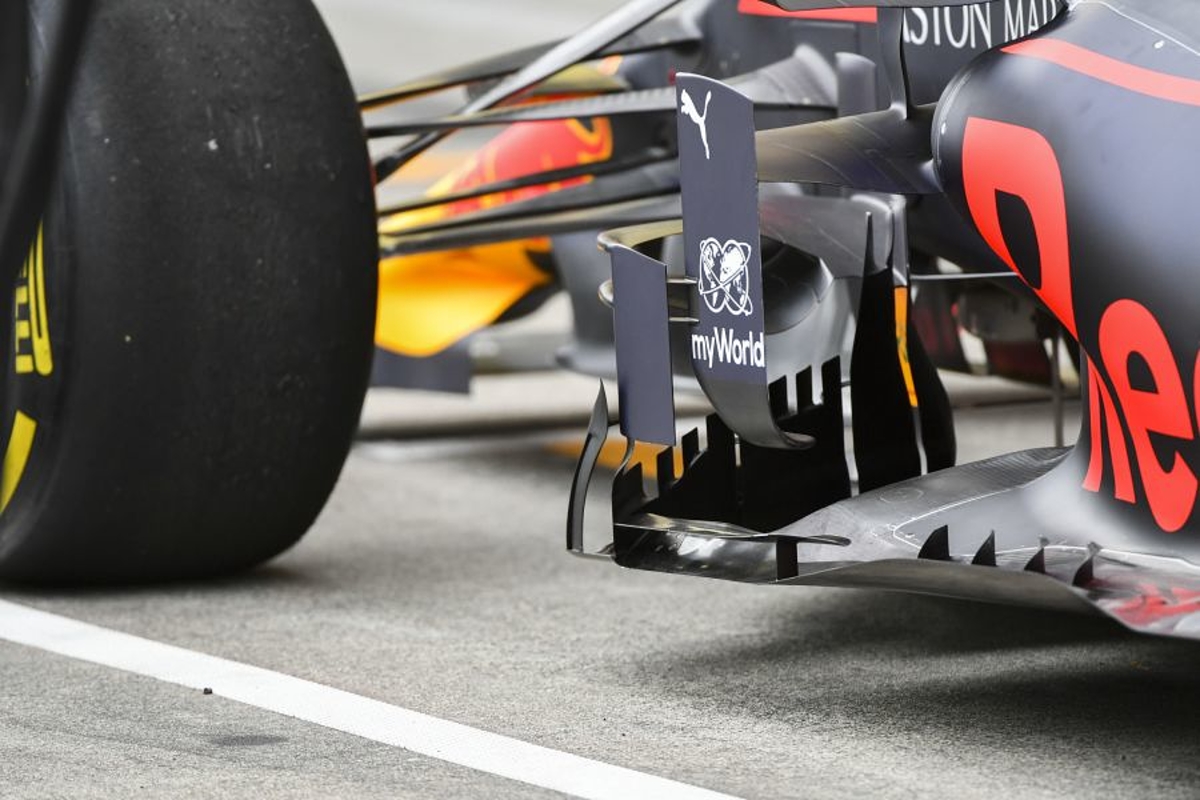
Latest News

Adrian Newey
Adrian Newey claims Red Bull 'lost belief' in F1 as ‘deja vu’ sets in at Aston Martin
- 4 minutes ago

Mercedes
Wolff's seven-word statement that changed EVERYTHING for Russell
- 48 minutes ago

F1 News & Gossip
Lewis Hamilton 2021 revenge strategy floated after Max Verstappen incident
- 1 hour ago

F1 Today
F1 News Today: Max Verstappen retaliates over FIA controversy as Red Bull slammed for ‘overprotecting’ driver
- 3 hours ago

F1 Social
Lewis Hamilton at centre of hilarious McLaren mix-up
- Yesterday 22:57

Daniel Ricciardo
Daniel Ricciardo goes AIRBORNE as F1 legend lets loose in crazy Ford drive
- Yesterday 21:56
Most read

300.000+ views
FIA announce F1 race winner handed LATE penalty after US Grand Prix
- 20 october

300.000+ views
F1 News Today: Late FIA penalty announced as McLaren disqualification decision made
- 21 october

250.000+ views
F1 penalty points: Max Verstappen handed title boost with penalty points update
- 27 october

200.000+ views
Piastri and Norris lose out after McLaren disqualification decision at US GP
- 20 october

200.000+ views
Aston Martin confirm F1 driver change for 2026
- 30 october

150.000+ views
Max Verstappen out for redemption after double Mexican GP penalty
- 25 october


























 Grand Prix of Australia 2025
Grand Prix of Australia 2025  Grand Prix of China 2025
Grand Prix of China 2025  Grand Prix of Japan 2025
Grand Prix of Japan 2025  Grand Prix of Bahrain 2025
Grand Prix of Bahrain 2025  Saudi Arabian Grand Prix 2025
Saudi Arabian Grand Prix 2025  Grand Prix De Monaco 2025
Grand Prix De Monaco 2025  Gran Premio de España 2025
Gran Premio de España 2025  Grand Prix du Canada 2025
Grand Prix du Canada 2025  Grand Prix of Austria 2025
Grand Prix of Austria 2025  Grand Prix of Belgium 2025
Grand Prix of Belgium 2025  Grand Prix of Hungary 2025
Grand Prix of Hungary 2025  Grand Prix of Azerbaijan 2025
Grand Prix of Azerbaijan 2025  Grand Prix of Singapore 2025
Grand Prix of Singapore 2025  Gran Premio de la Ciudad de Mexico 2025
Gran Premio de la Ciudad de Mexico 2025  Grande Prêmio de São Paulo 2025
Grande Prêmio de São Paulo 2025  Qatar Grand Prix 2025
Qatar Grand Prix 2025  Grand Prix of Abu Dhabi 2025
Grand Prix of Abu Dhabi 2025 